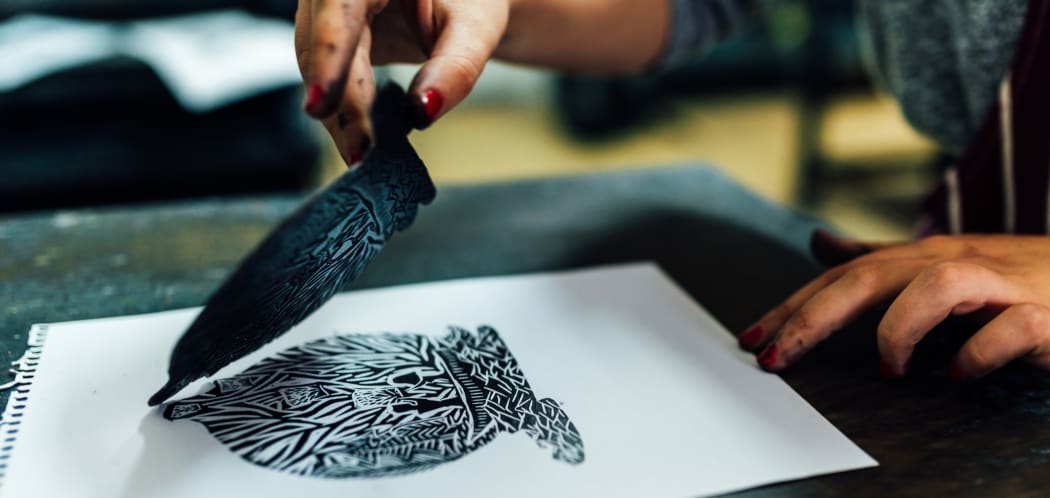
Printmaking, at its heart, is an artistic method that uses the concept of transferring an image from one surface (a matrix) onto another: usually paper or a fabric. Traditional printmaking techniques include woodcut, etching, engraving, and lithography, while modern artists (such as Andy Warhol most famously) have expanded available techniques to include screenprinting.
Within the printmaking process a matrix, a type of template, is made from wood, metal or glass. The design that is applied to the matrix is done using either tools or chemicals. Ink is then applied to the matrix in order to transfer the ink to the intended surface. Printing from the matrix requires controlled and consistent pressure, commonly achieved through the use of a press, to ensure the image is cleanly transferred to create an impression of the design (Screenprinting, unlike other methods of printmaking does not require the application of a press). The image that results in printing is a mirror image of the original design on the matric and printing allows for multiple impressions of the same design to be created from a single matrix. The five main printmaking processes are:
Woodcut printing
Woodcut printmaking is the oldest form of printmaking and can be traced back to 9th century China. The process involved carving an image on a wooden block that stands our as a relief. The block and relief image are then inked and paper is placed against its surface before being run through a press to imprint the image. It is possible to make a woodcut without a press (Japanese Ukiyo-e prints for example) by placing the inked block against a sheet of paper and applying pressure by hand. As a technique for creating prints, woodcuts (invented in ninth century China) predate engravings. In Europe the earliest woodcuts, stamped on textiles, date to the thirteenth century. Production became more commercially practical with the advent of a reasonably cheap supply of paper. Browse Damien Hirst prints for sale.
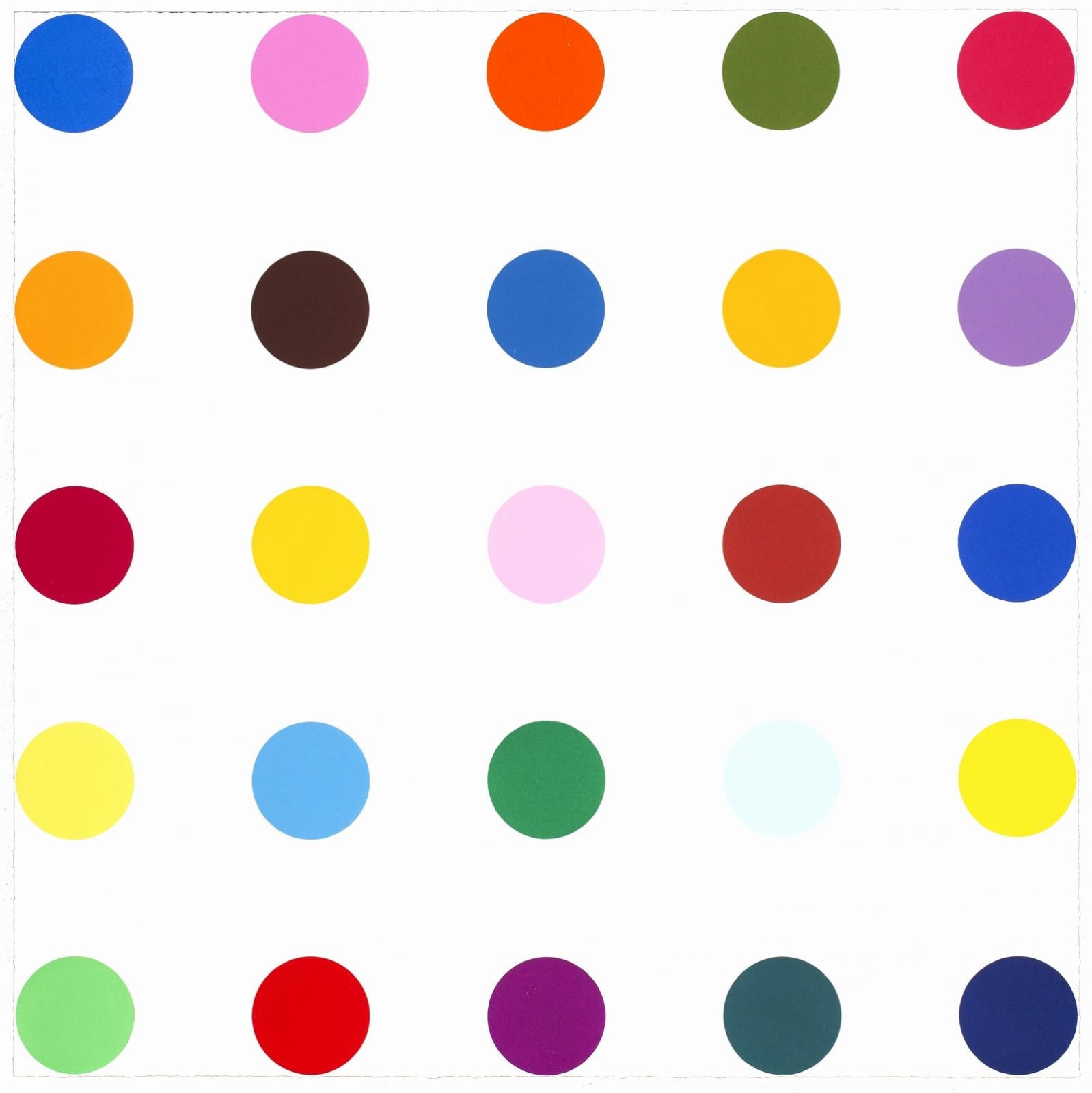
Engraving
One of the oldest printmaking techniques. Engraving can be traced back to ancient times as a method of decorating objects. However it was not until about 1430 in Germany that engraved plates began to be used for making prints. Engraving is an intaglio printmaking technique that involves making incisions into a metal plate (usually made of copper or zinc) which retain the ink and form the printed image. Like etching and aquatint, engraving is an intaglio technique. Intaglio refers to all printing and printmaking techniques in which the image is incised into a surface, and the incised line or sunken area holds the ink. The burin (an engraving tool like a very fine chisel) makes incisions into the metal at various angles and with pressures which affects the amount of ink the line can hold – hence variations in width and darkness when printed. Explore our Grayson Perry prints for sale.

Lithograph
Lithography is a printing process in which a design is drawn onto a flat stone (or prepared metal plate, usually zinc or aluminium) and affixed by means of a chemical reaction. The invention of lithography brought a new range of marks and tone to printmaking than what was previously available. What’s more, it also made colour printing easier: areas of different colours can be applied to separate stones and overprinted onto the same sheet. Traditionally an image would be applied to a stone (usually aluminium now) using a greasy medium such as crayon, pencils or lacquer before a solution of gum arabic and nitric acid is applied over the surface to create a water-receptive non-printing areas and grease-receptive image areas. The surface that is printed on is wet so that when the roller that is charged with an oil-based ink is rolled over the surface it only is applied to the grease-receptive image area. Paper is then placed against the surface and the plate is run through a press. Discover David Hockney signed prints for sale and lithographs.
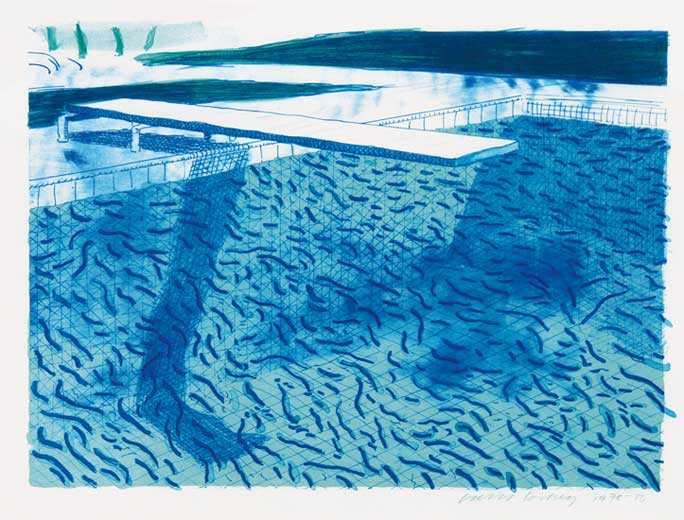
Etching
Like engraving, etching is an intaglio printmaking technique where lines or areas are incised using acid into a metal plate in order to hold the ink. In etching, the plate can be made of iron, copper, or zinc. The design is drawn on the metal plate which is then immersed in acid and the exposed metal is ‘bitten’, producing incised lines. Stronger acid and longer exposure produce more deeply bitten lines. The resist is removed and ink applied to the sunken lines, but wiped from the surface. The plate is then placed against paper and passed through an printing press with great pressure to transfer the ink from the recessed lines. Sometimes ink may be left on the plate surface to provide a background tone. Explore our Grayson Perry etchings and prints for sale.
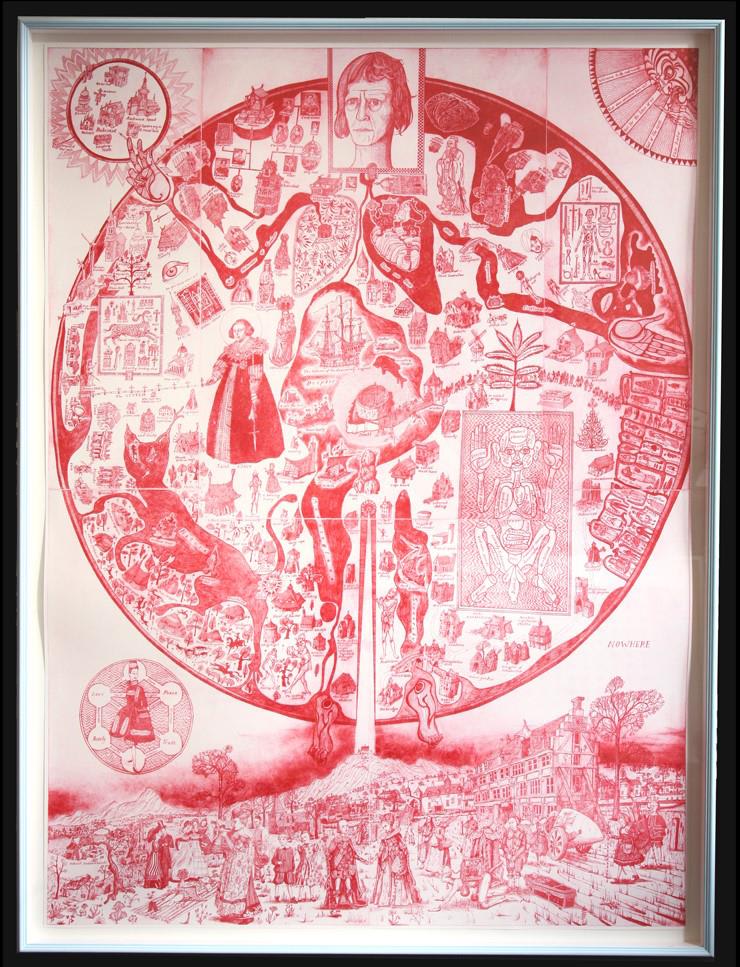
Screen Printing
Used commercially since the 1920s, screen printing became popular amongst American artists in the 1930s who would use the term #serigraph’ to differentiate an artist’s print from a commercial work. The process was popularised in the 1950s and Andy Warhol is often credited to this. The term ‘silkscreen’ (silk was originally used for the mesh) is also commonly used to describe the technique, particularly in America. A variety of stencil printing, using a screen made from fabric (silk or synthetic) stretched tightly over a frame. Screen Printing is a printing method where ink is pushed through a mesh screen onto a surface. A stencil blocks the ink from passing through the screen and various stencils are overlaid to create different layers of colour. The ink that passes through forms the printed image. Buy original Andy Warhol screenprints of view Banksy prints for sale.
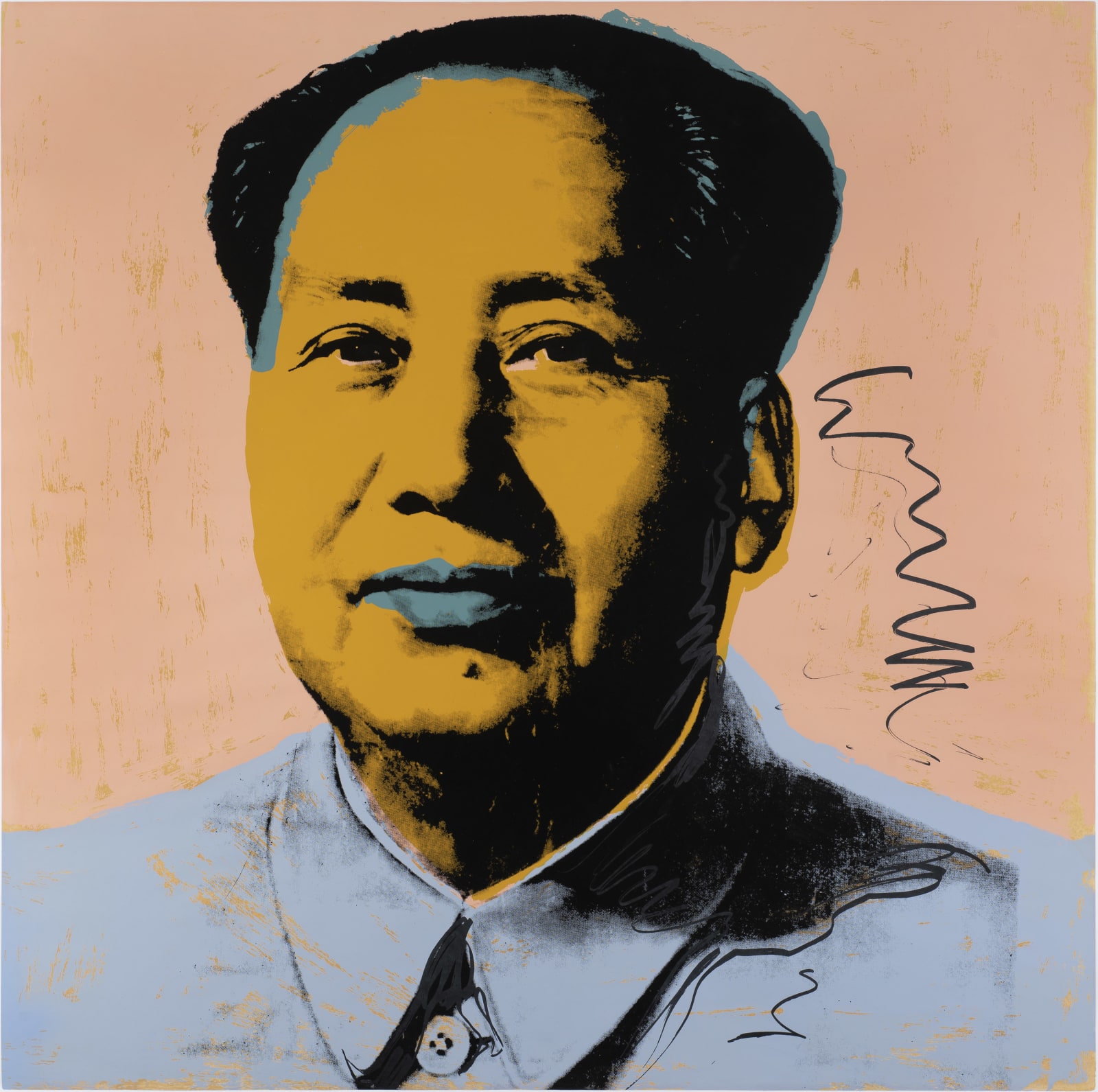
In our next blog we will dive into the world of Woodcut prints looking at its history, the technique and some fabulous examples of the process. For further information about any of the artworks or artists featured, contact Andipa Editions via sales@andipa.com or call +44(0)20 7589 2371.